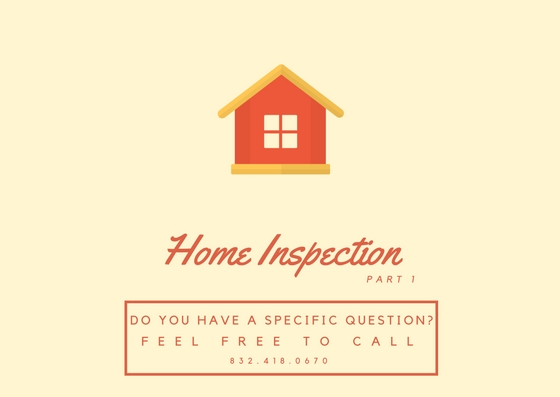SAMPLE Inspection report
If you are under contract to purchase a home, congratulations! Of course, you are excited and a little nervous, too. Your physical inspection can be especially nerve-wracking. In a short amount of time, you will receive more information than you can process, and it will all seem very serious. And confusing. And potentially expensive. In order to calm your nerves, here is a breakdown of the inspection’s most important home components and priorities. (Homes and condos are constructed differently across the U.S.; this will deal with structures that are mostly wood and not brick, and homes that are not new.)
Your home’s most important elements are its roof, foundation, plumbing, and electrical system.
First, here’s the story on your roof. Your inspector may say that the roof “is at the end of its useful life.” It is not unusual for a roof to need some repairs and maintenance, but it is unusual to need a whole new roof. With continuing maintenance and proper repairs, your dying roof can last several more years. Repairs are pretty easy and most roofers are cost-competitive. Condo purchasers will want to check with the condo board to see what repairs have been done or are anticipated.
Your foundation will either be raised above the ground on piers and posts, or it will be a slab. If you have a basement, it is raised; if you have a newer home, it is likely on a slab. If your raised foundation has some cracks, those can be easily repaired with special epoxy products. If it is completely cracked, and off its posts, run away.
Electrical problems that your inspector finds can be difficult to understand. Amps, breakers, sub panels, drops – what does that all mean? Older homes may not have enough power to run today’s modern appliances, toys, and systems. Wiring may be older, too. The good news here is that electrical work, even replacing wires and panels, is very routine for an electrician. It does not take very long to complete and is usually cheaper than you think it would be.
Your plumbing has many components and some are more serious/expensive to fix than others. Leaky faucet? No big deal to repair. Septic tank pumping? Routine. Roots in your sewer? Common. Unfortunately, many other problems can be progressively more serious and expensive to fix, especially if walls need to be opened. You will want to get estimates from at least two plumbers – hopefully only a portion of your plumbing needs repair. It is usually not necessary to re-pipe a whole house.
Hopefully, your inspection will make a little more sense to you now. The next post on this topic will go over other home components like heating and air-conditioning, fireplaces, windows, and outside spaces.

